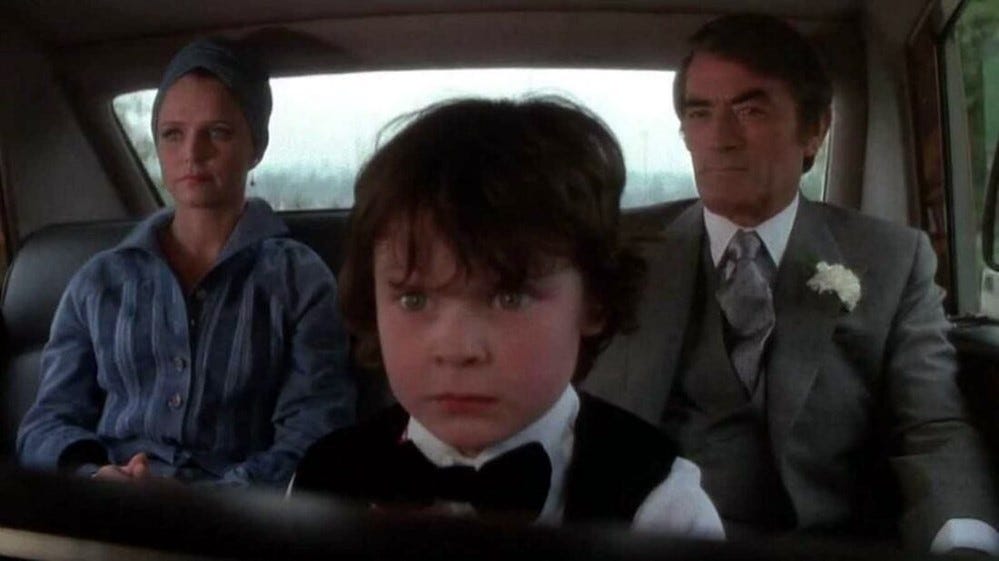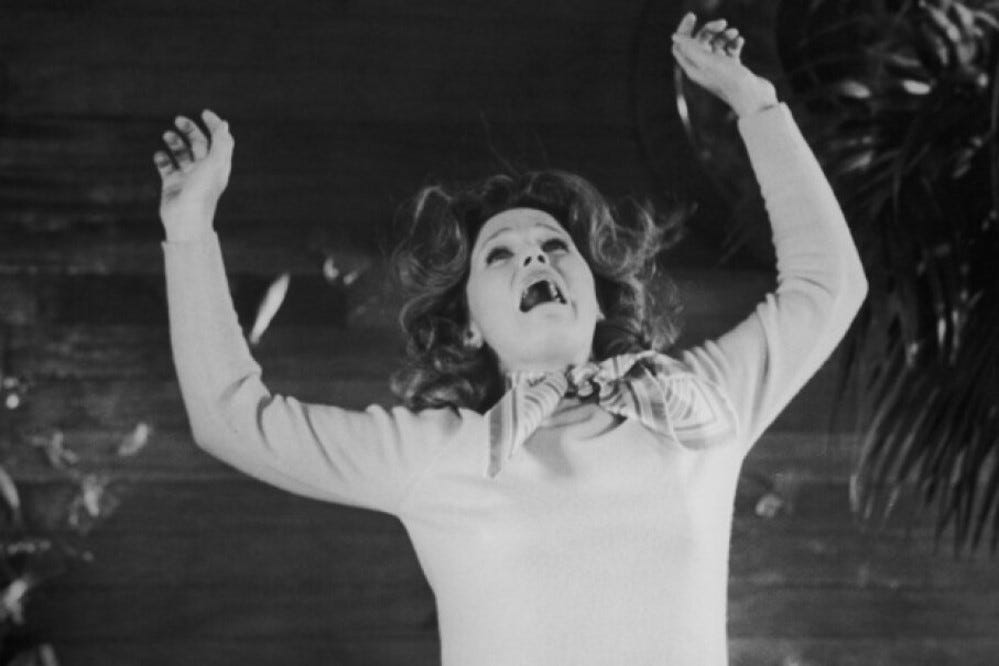The Omen: In the Crosshair of a Curse
On June 6, 1976, the movie The Omen was released. Just a few years before, the movies The Exorcist and Rosemary's Baby had made moviegoers believe in the devil again.
The story was originally titled The Antichrist, and once it was given a new name and reworked to become more of a suspense thriller with occult overtone, it became an instant success. However the audience was unaware that from the beginning those who participated in the movie seemed to be cursed by weird accidents, and even untimely death.
Hot on the heels of blockbusters with the Father of Lies as the main villain it was inevitable that one would be made featuring the Antichrist, however Robert Munger was the one who thought of making him a little child. Producers, Harvey Bernhard and Mace Neufeld were not put off by making a film with satanic overtones, and saw dollar signs instead of the portents that were quick to materialize from the very beginning of the production.
Munger a devout Christian, did offer Bernhard a warning that the devil would not take kindly to being exposed. The producers did not feel unlucky when they landed Gregory Peck to play the lead role of the movie, but a short time after he agreed to the role, Peck's 30-yearold son Jonathan committed suicide. He worked as a news reporter for a TV station, and was found with a self-inflicted gunshot wound. He was unmarried and his co-workers denied he had ever appeared to be suicidal.
Peck was heartbroken, but decided to continue to work in the film. As he flew to England in October 1975, the plane he was traveling in was struck by lightning, and one of the motors caught fire almost taking him to a watery grave.
A few day later (either Neufeld or David Seltzer the screenwriter, there's a conflict as to who it was), trekked across the Atlantic as well, and despite the odds being against it, his plane was also struck by lightning.
After that, producer Harvey Bernhard narrowly escaped being struck by lightning while filming in Rome.
One has to wonder if just about then some eyebrows were being raised among the production crew and the actors, but apparently the third time was not the charm. Bernhard was taking no chances, and started to carry a cross with him while on the set.

Part of the film was to include an aerial shot of London. At the last minute an airplane reserved for use by Richard Donner, the Omen's director, and the film crew was given instead to a Chinese businessman. The plane crashed at the end of the runaway after being struck by birds, and it went through a perimeter fence hitting a vehicle that contained a driver and five children. All the persons in the car were killed.
Harvey Stephens, a child actor was cast as Damien after attacking Richard Donner during auditions and hitting him in the testicles. He was only 4 years old.
The scenes of the Rottweilers who afterward became known as "devil dogs" was the next instance of devilish interference, when stuntman Terry Walsh, even though heavily padded was badly bitten by dogs that refused to obey their trainer. They actually continued to attack despite being called off.
The next scenes of the movie were shot in a safari park, and Lee Remick who played Damien's mother, and the child actor Harvey Stephens were genuinely terrified by the vicious reaction of the baboons. Sidney Bamford, an animal handler who was present to oversee the animals, was killed the following day by a tiger who was not properly caged, and grabbed him by the top of his head and mauled him to death.
Mace Neufeld was staying at the Hilton Hotel in London during the filming, and again Satan's timing seemed to be off, when he escaped death after the IRA blew the building up. Like a persistent if inaccurate hitman, a few days later Neufeld was to meet Gregory Peck, and other film executives at a well-known London restaurant, and he missed the bombing there by only a few minutes.
By this time, the actors were thoroughly spooked and Lee Remick refused to shoot a scene where she fell from a balcony. She was convinced something would go horrifically wrong. This was when the scene was changed to her falling over the railing to the tiles below, while her son who caused the accident looks down dispassionately at his dying mother.
In typical Hollywood style the film was released on June 6, 1976 playing on the 666 motif, but the end of the film did not seem to end the ripple effect from having worked on it.
Two months later on Friday, August 13, 1976, John Richardson who engineered the special effects of the film, including the decapitation by the sheet of glass by the character played by Richard Warner, was enroute to Ommen in the Netherlands. He was working on Richard Attenborough's A Bridge Too Far.
Liz Moore who was a sculptress, and had worked on special effects for The Omen and had made the first C-3PO prototypes in 1975, was a passenger in the vehicle when it had a head-on collision. Richardson was seriously injured, but Liz Moore was decapitated when a tire went flying through the window. Richardson later claimed he saw a sign on the side of the road saying the town of Ommen was 66.6 kilometers away. The accident occurred on Friday, August 13, 1976.
Alf Joint an experienced stuntman who had worked on the Omen movie also went on to work on A Bridge Too Far. In a sequence where he was to jump from a roof and onto an airbag, he fell and missed the airbags almost killing him. When he awoke in the hospital he claimed something had pushed him, even though no one had been near him when the incident occurred. Curse or coincidence, either way it didn't stop two Omen sequels to be made.
The Neo-Gothic, Guildford cathedral located in Surrey, England served as a backdrop for the film, and in a memorable scene the child Damien reacts violently when viewing the church spires. This connection to the film stigmatized the church since priests had trouble getting parishioners to attend Mass.
In 2008, an armed man was shot and killed on the church grounds
In 2024, Guildford Cathedral was being used as a “silent disco” where attendees listen to music on earphones. Alcohol is served, strobe lighting is used and the party is over by midnight. The move is justified by the board as the only way to generate the money to maintain the cathedral. There were two more scheduled for 2025.
Critics of what are called “raves in the naves” describe using holy places as “profane and sacrilegious.” It would be hard to imagine any other great world religion treating its sacred places in such a way.
In 2006, a remake was made of The Omen, but like many iconic films that are copied, only the original is worth watching.









